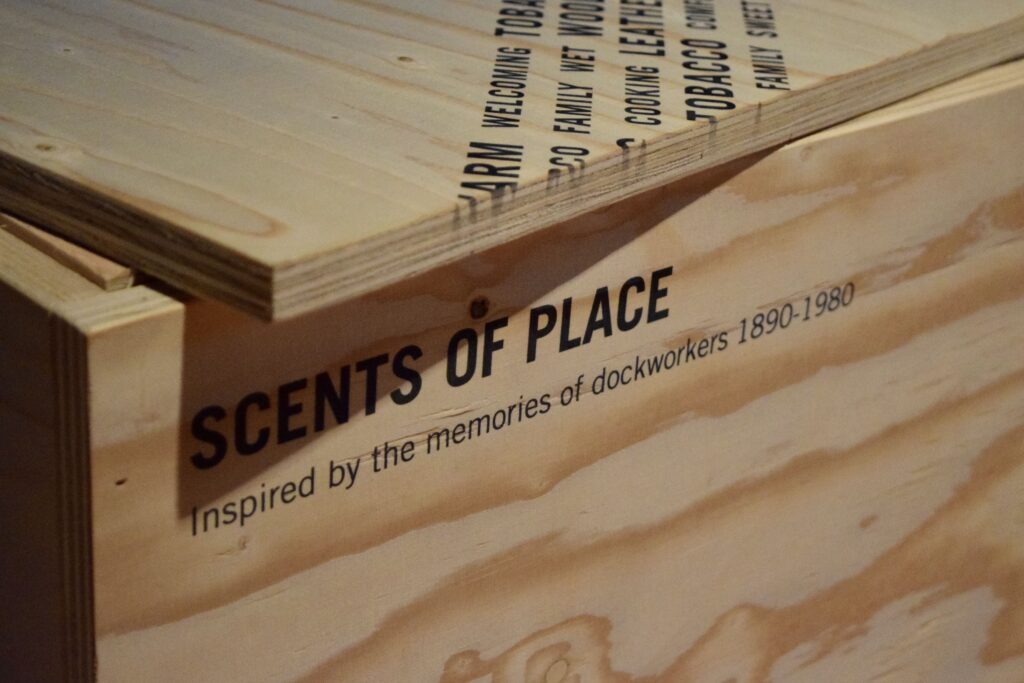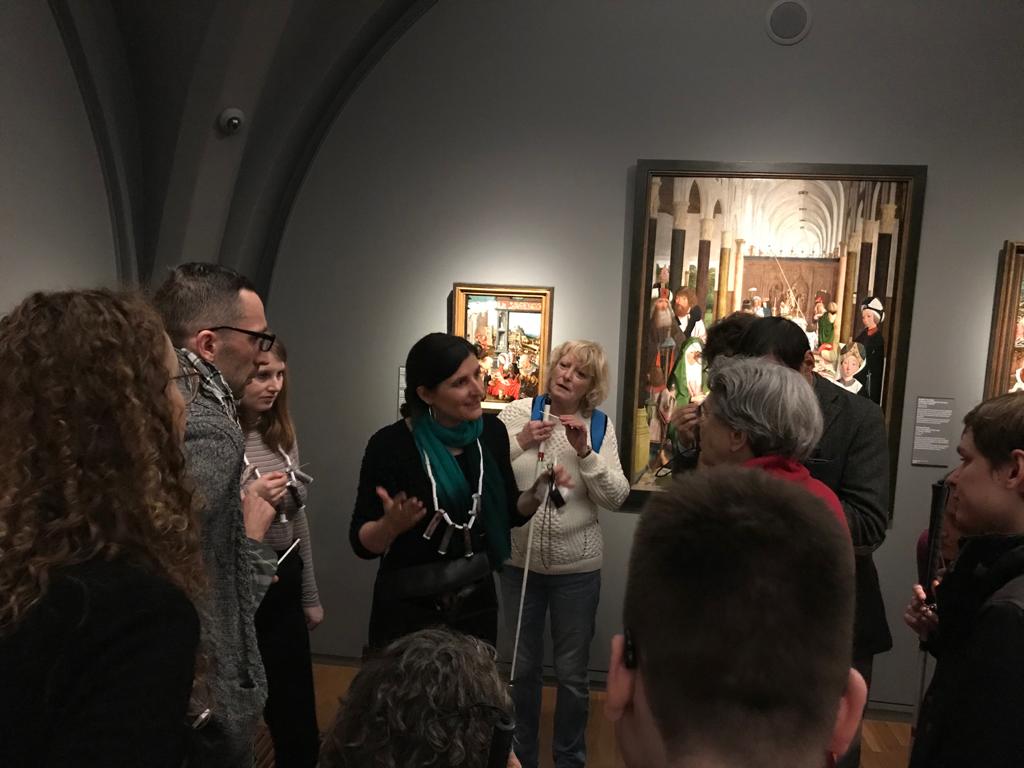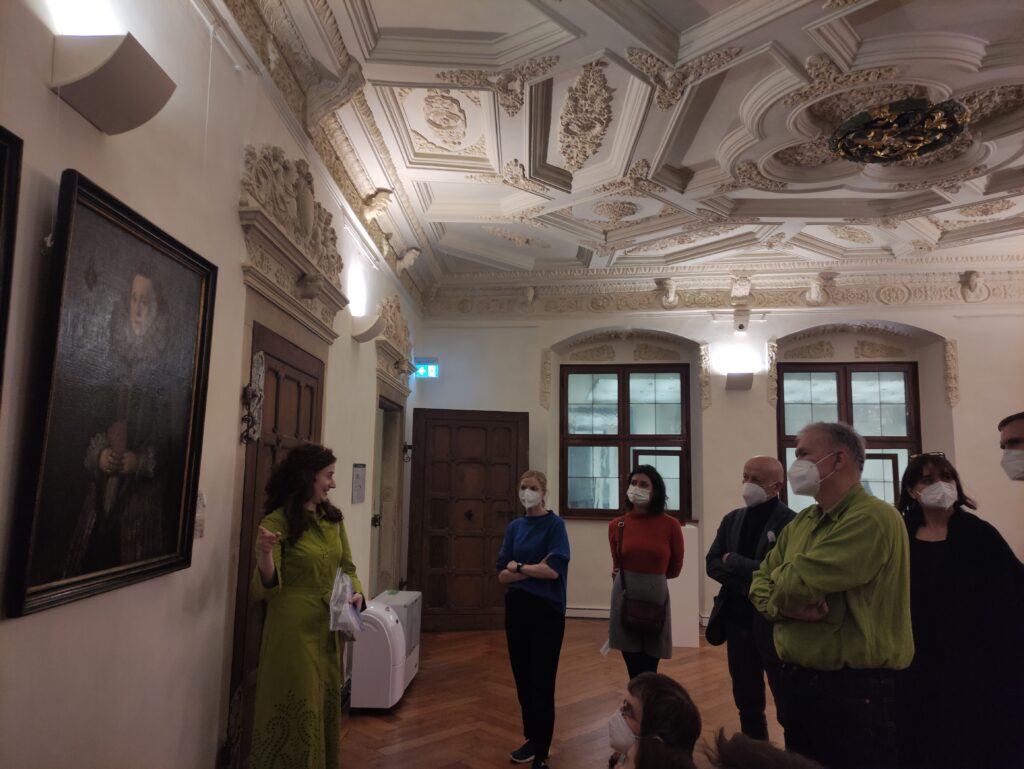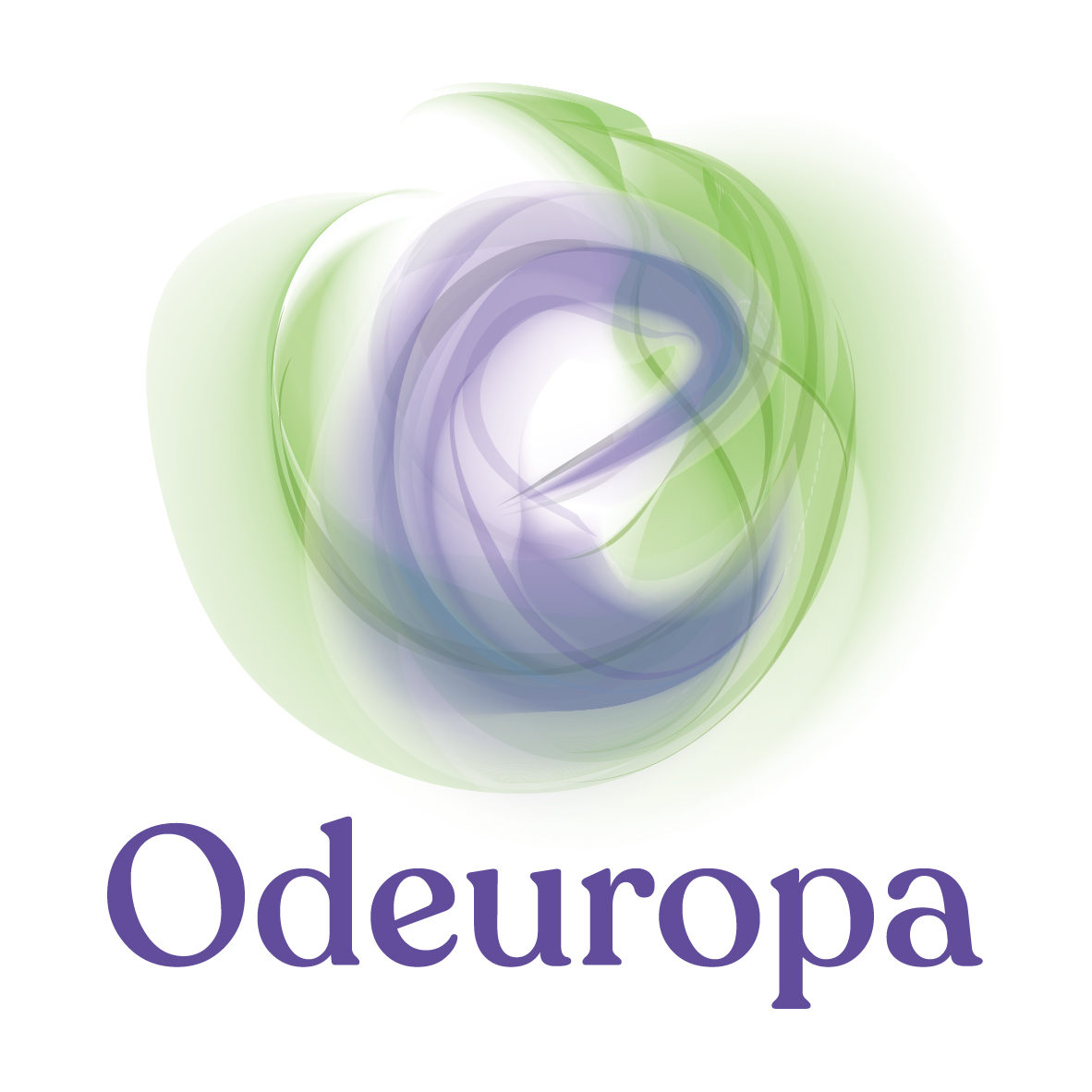
Case Studies of Inspirational Olfactory Storytelling
Within the Olfactory Storytelling Toolkit: A ‘How-To’ Guide for Working with Smell in Museums and Heritage Institutions, we included inspirational content that we hope stimulates and encourages you to not only value your sense of smell but also to trust it as a means for learning and engaging with your surroundings.
Between the four main sections of the ‘How-To’ guide, we have inserted relevant Case Studies which showcase how various curators, scholars, scent designers, and olfactory consultants have used olfactory storytelling in their own practice. These case studies vary in topic and format but all of them offer personal and tangible experiences of the benefits and challenges of bringing scents into the museum. A brief overview of each Case Study is below. Although these Case Studies are found within the main ‘How-To’ guide, we have put them below for exploration and download.
Case Studies for Section 1 – Curating Olfactory Narratives

Case Study #1 – Reconstructing a Perfume from Historical Texts focusses on scholar and researcher Ineke Huysman and the knowledge she acquired working on a project called Memory of Scent. She spoke about the experience of recreating Constantijn Huygens’ (1596-1687) Ode de Parfum: To My Mother from 1635.
Download the Case Study featuring Ineke Huysman HERE.

Case Study #2 – Olfactory Storytelling Used for Visitor Access and Education Design focusses on Marie Clapot, a sensory museologist at the Metropolitan Museum of Art, and showcases how the incorporation of multisensory engagement can create a more inclusive environment for those with disabilities.
Download the Case Study featuring Marie Clapot HERE.
Case Studies for Section 2 – Creating a Heritage Scent

Case Study #3 – Presenting Communal Heritage via Heritage Scents is an interview between sensory consultant Tasha Marks (AVM Curiosities) and freelance curator Claire Dobbin about their experience working on the London: Port City exhibition at the Museum of London Docklands. The case study discusses the methods, results, challenges, and solutions of the use of smell in an exhibition that explores communal heritage.
Download the Case Study featuring Tasha Marks and Claire Dobbin HERE.

Case Study #4 – In Search of Scents Lost: Early Research in Employing Olfactory Methods for GLAM Initiatives is an interview with curator and art historian Caro Verbeek. The project Verbeek organised as part of her PhD, In Search of Scents Lost – Reconstructing the volatile heritage of the avant-garde, served as inspiration for Odeuropa. The goal of this case study is to better understand what adding an olfactory dimension to storytelling actually achieves for different target groups.
Download the Case Study featuring Caro Verbeek HERE.
Case Studies for Section 3 – Olfactory Event Design

Case Study #5 – Inspiration for Presenting and Distributing Scents in Heritage Spaces, Jorg Hempenius, scent expert and founder of iScent in the Netherlands, guides the reader through a wide array of smell distribution techniques that can be utilised in different GLAM institutions.
Download the Case Study featuring Jorg Hempenius HERE.

Case Study #6 – Follow Your Nose! A Guided Tour with Smells at Museum Ulm, Germany is an interview with curator and art historian Lizzie Marx. Follow Your Nose! was an event organised by Odeuropa in collaboration with Museum Ulm and IFF and was itself part of the research that contributed to the creation of Odeuropa’s Olfactory Storytelling Toolkit. As a co-curator of the event, Marx explains the benefits of olfactory guided tours and offers interesting insights into the research behind certain heritage scents.
Download the Case Study featuring Lizzie Marx HERE.
For more information about the licensing and how to source this publication, please view the Zenodo record for the Olfactory Storytelling Toolkit: A ‘How-To’ Guide for Working with Smells in Museums and Heritage Institutions.
The Olfactory Storytelling Toolkit: A ‘How-To’ Guide for Working with Smells in Museums and Heritage Institutions was co-authored by Sofia Collette Ehrich, Inger Leemans, Cecilia Bembibre, William Tullett, Caro Verbeek, Georgios Alexopoulos, Lizzie Marx and Victoria-Anne Michel. A special thanks to Odeuropa team member, Alex McQueen for her dedication to curating these amazing contributions to our guide.
The entire guide was designed by Mijke Wondergem.
